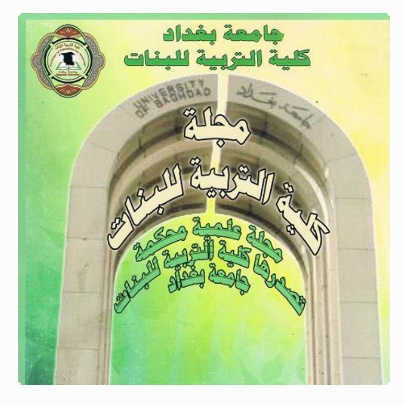The Semantic Relation among the Expressions Of the Phonetic in the Holy Qura
The Semantic Relation among the Expressions Of the Phonetic in the Holy Qura
Abstract
Abstract
The phonetic replacement is the process of putting a sound or a linguistic
syllable instead of another in one word that results in changing its meaning . It is one
way of vocabulary varionsness and discrimination because replacement among the
sounds of one expression and changing its image lead to change its meaning , and
accordingly , each replaced sound has its own linguistic value that distinguishes it . In
other words , the phonetic replacement is based on system of phonemic change
which is a general phenomenon in all languages . The linguistic system doesn’t stand
straight for word unless it is based on different standards that work on variousness ,
assortment and relating the phonetic change with the semantic change .
This phenomenon is quite clear in Arabic which is distinguished in its flexibility
and power to be diverse in having one semantic expression with different meanings
through replacing one phoneme in stead of the original phoneme to change the
meaning , with having something of the old meaning to make the structure difference
a proof of meaning difference .
The field of this research is the Holy Quran in which the phonetic structure has a
power full and distinctive position and it is distinguished by the precise use of
expressions .It chooses what is suitable for each context whether expressions or
sounds . therefore, it can be said that the language of the Holy Quran is semantic ,
descriptive and phonetic with a great psychological influence .
It can be seen in different places of the Holy Quran having a phonetic
replacement among the expression in one content the choice of the expressions
replaced from a based on having semantic relations with the replaced ones .
The study of the semantic relations inside of the semantic sphere is one if the
important issues related to semantic , and these relation differ according to the kind
of expression , their meaning intended by the speaker and interpreted by the hearer
such relations can be divided as mentioned in the holy Quran into the following :
1- the semantic meeting : it is a distinctive feature in all languages in general ,
and Arabic in particular and it is based on meeting and confrontation among
the linguistic elements and is includes many semantic features like identically ,
contrast , contradiction and inconsistency in the expressions replaced on the
bases of meeting two important relations are identified :
a) meeting by contrast , Example : atka and ashka ( أتقى وأشقى ) ,rataka and
fataka ( قՑ ق وفت Ց رت ) , ragaba and rahaba ( بՑ ب ورھ Ց رغ ) , asura and yasura ( رՑ عسُ
. (ویسُر
b) meeting by contradiction , Example : kharak and khalak ( خرق وخلق ) , mahasa
and mahaka ( .. (محص ومحق
2- The semantic closeness : The close expressions are those expressions that are
close in meaning but differ in one sound , Example : ada and hada ( , (أدّ وھدّ
3- The semantic analogy : the analogous expressions are those close in the general
meaning or in a shared semantic side , but different in some sounds and such
expressions are called semi – synonyms by some sounds authors ,Example :
khunas and kunas ( خنّس وكنّس ) ,farah and marah ( . (فرح ومرح
Finally , it is concluded that phenomenon of phonetic replacement is an
important phonetic phenomenon on which the Quranic style is based on different
places . It is based on pure semantic basis related with the context . In addition ,there
should be different semantic religious among the expressions exchanged
phonetically and this adds , on the successive verses in one context , a semantic
relation that emphasizes the semantic proportionality in the Quanic expression
among the sounds and their meaning and the expressions and their significance.

Published
Issue
Section
License
![]()
All articles published in Journal of College of Education for Women are licensed under a Creative Commons Attribution 4.0 International License.










